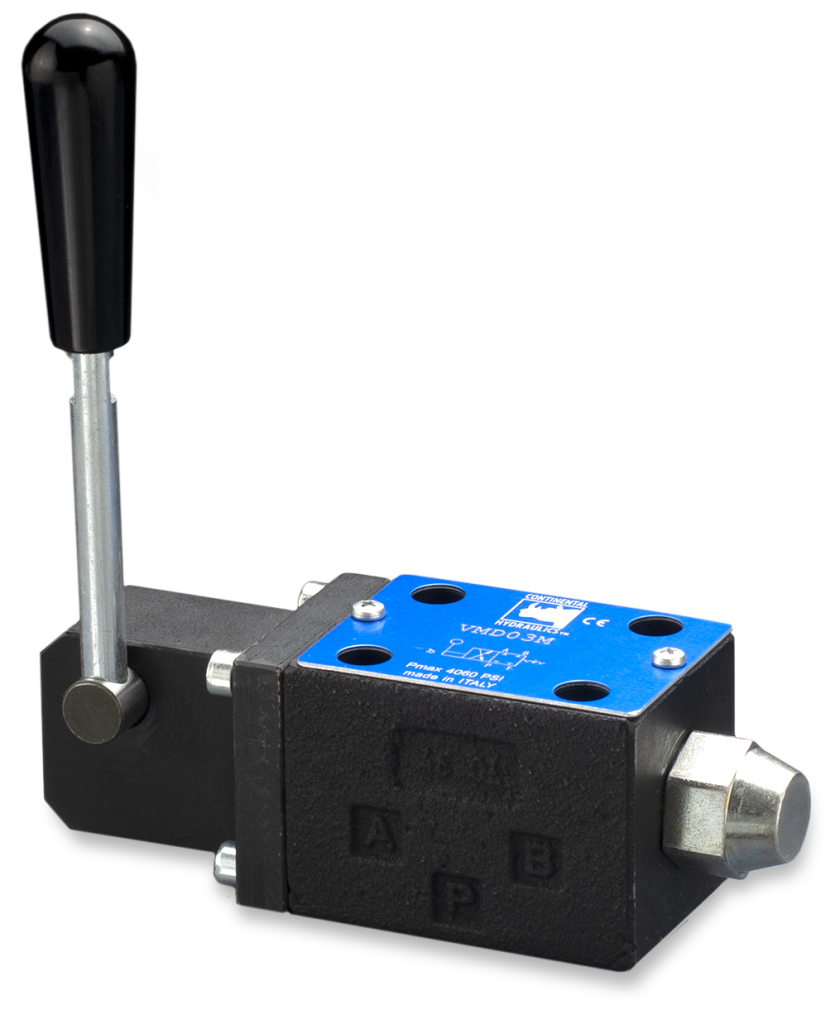Hydraulic control valves are essential components in hydraulic techniques, helping as the main element regulators of liquid flow, pressure, and direction. These valves perform an essential role in a wide array of programs, from commercial equipment and structure gear to aerospace and automotive systems. The simple principle behind hydraulic control valves is based on their power to handle the flow of hydraulic water in just a process, allowing for precise control and adjustment of varied components.
One of the principal operates of hydraulic get a grip on valves is always to control the force within a hydraulic system. Pressure get a grip on valves, such as for instance reduction valves, ensure that the force remains within safe operating restricts, avoiding potential damage to painful and sensitive components. That is particularly crucial in applications where maintaining a certain force level is crucial for maximum efficiency and safety.
Directional get a grip on valves are still another important category of hydraulic get a handle on valves. These valves determine the way of fluid flow within the system, permitting the managed action of hydraulic actuators. Whether it’s the expansion or retraction of a hydraulic cylinder or the turning of a engine, online get a handle on valves govern the paths by which hydraulic substance moves, dictating the motion of the connected machinery.
Hydraulic get a handle on valves are made with a variety of get a grip on mechanisms, including information, physical, and electro-hydraulic. Handbook valves permit hands-on control, physical valves answer external makes or physical inputs, and electro-hydraulic valves leverage electric signs for precise and computerized control. That diversity in get a handle on options makes hydraulic techniques convenient to various working requirements and user preferences.
Performance is a key concern in hydraulic methods, and hydraulic control valves perform a crucial role in optimizing performance. Proportional get a grip on valves, for example, allow fine-tuned adjustments to liquid movement rates, allowing for precise get a handle on on the pace and force of hydraulic actuators. That level of get a handle on improves overall program performance, reducing energy spend and ensuring optimal operation.
In addition to their principal functions, hydraulic get a handle on valves donate to process safety. Pressure comfort valves become fail-safes, protecting the machine from overpressure and potential damage. The open character of the valves guarantees that, in case of a pressure spike, hydraulic liquid is diverted properly, blocking catastrophic failures and safeguarding equally the apparatus and personnel.
The preservation of hydraulic get a grip on valves is vital for maintained process performance. Normal inspections, cleaning, and lubrication are important to stop wear and grab, leaks, and other conditions that may bargain the performance of the valves. Timely preservation not just stretches the life of the valves but in addition assures the stability of the whole hydraulic system.
Advancement in hydraulic get a handle on valve engineering remains to improve, with the integration of digital and smart technologies. Electric get a handle on devices (ECUs) enable accurate and programmable control over hydraulic techniques, starting ways for automation, rural checking, and predictive maintenance. As industries shift towards Market 4.0, the control valves of smart hydraulic get a grip on valves becomes significantly crucial in producing interconnected and clever hydraulic systems.

In conclusion, hydraulic control valves would be the unsung heroes of hydraulic methods, giving the required control and regulation for the successful function of numerous machinery and equipment. Their usefulness, accuracy, and share to program safety cause them to become crucial in industries wherever hydraulic power is harnessed for a myriad of applications. As technology remains to advance, hydraulic get a handle on valves will likely perform a far more superior position in surrounding the ongoing future of hydraulic systems across varied sectors.
